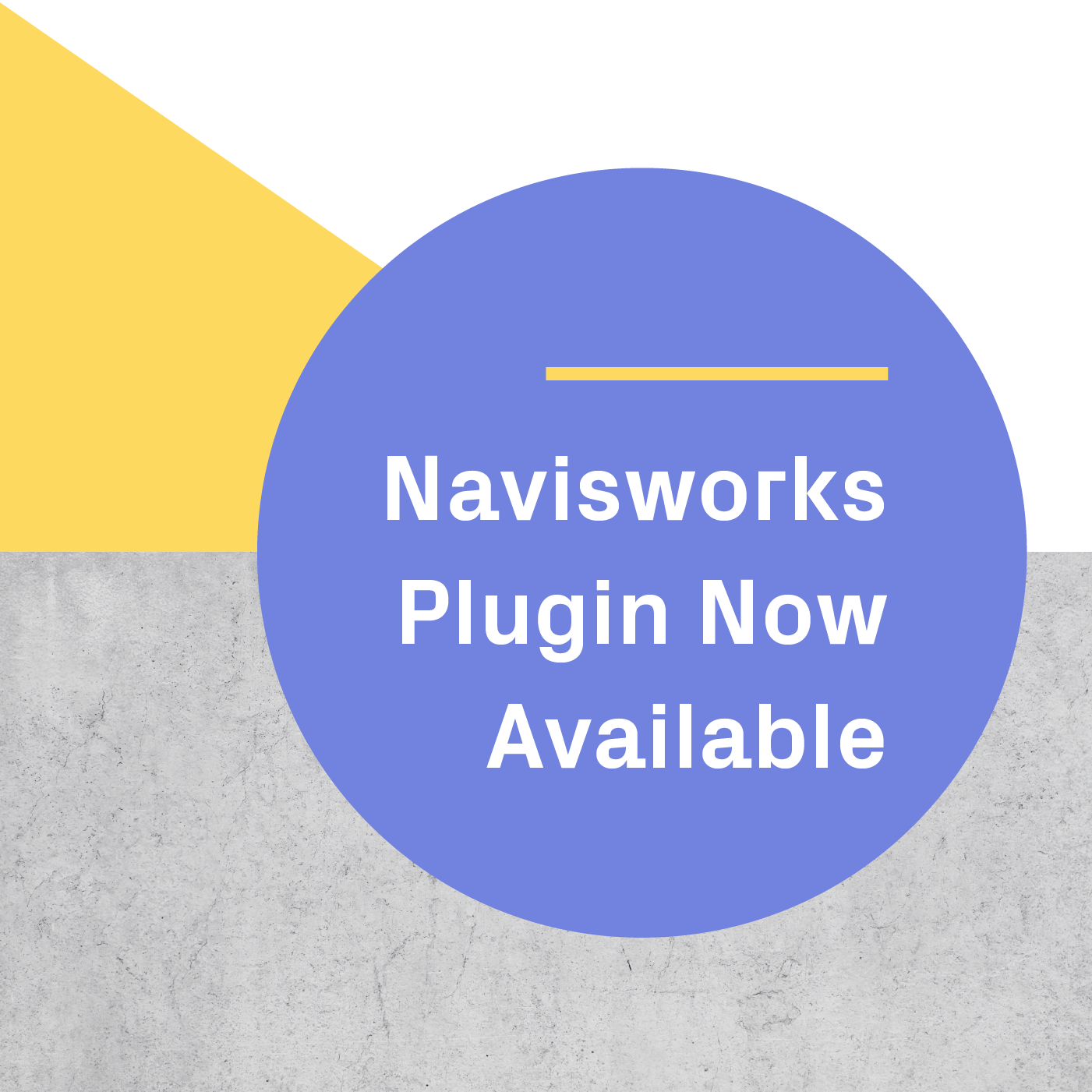
As an architect, IrisVR Founder & CEO Shane Scranton saw the potential that early virtual reality technology had for the built world. Fast forward to today, the IrisVR team partners with leading AEC companies around the world, like Gilbane, making game-changing immersive technology simple for enterprise AEC.
Gilbane Building Company is one of the largest family-owned construction companies in the country with over 3,000 employees, bringing in 30-40% of their annual revenue in NYC alone. As one of the biggest sub-contractors in NYC today, they have seen tremendous growth in the last decade. How? With lean teams supported by modern technology. In fact, Rawle Sawh’s VDC team at Gilbane boasts the greatest revenue per person out of any VDC team in the country. They are a well-oiled machine, dialed in on the tools and processes that can help drive efficiency and productivity.
What does digital transformation mean for AEC?
We invited Rawle Sawh, Gilbane Director of VDC, to join IrisVR on a webinar for an engaging, timely conversation about digital transformation in the AEC industry, which has only been accelerated by the pandemic. As Rawle said, digital transformation is about changing the way AEC does business. He saw the early days in the industry when Revit and Navisworks were just coming on to the scene. BIM processes were still new and, instead of waiting for the rest of the industry to catch up, Gilbane implemented this approach early by writing the requirement into contracts. At the time, this was an innovative solution to push these high-impact technologies and strategies forward at a time when they were not yet the norm.
Today, his team is pushing the envelope with modern technology to drive productivity. The AEC industry has been vastly, and historically, underserved by technology, but IrisVR customers, like Gilbane, are industry innovators who are seeing immediate ROI on their technology investments. Interestingly, Rawle made one thing clear: he’s not a tech-evangelist. His bottom line is construction and building. But, he also sees a huge opportunity with immersive technology for AEC. He critically evaluates all tools and technologies to find what works, setting his team down a trailblazing path of process efficiency.
How to build pandemic-proof VDC processes
Gilbane was already turning to technology to enable teams to work better. But, today, during the pandemic, Gilbane’s hand is practically forced. They’re not alone, the entire AEC industry is experiencing an accelerated need for modern, digital tools and technologies. Rawle made it clear that, if teams want to stay efficient, they have to change the way they do business and embrace digital transformation with a renewed fervor.
Rawle has guided Gilbane’s highly effective method for implementing new technologies by first starting with the problem they’re trying to solve, then evaluating the tech from the perspective of how it can fit within and improve existing processes. Once the technology is framed within the context of existing challenges and processes, it’s easier to gain buy-in across all project stakeholders, both internal and external. In fact, using enterprise VR software to get everyone in the same model at the same time has decreased Gilbane’s decision-making timelines dramatically - in some cases, down from 15 days to 15 minutes, making more progress in one VR meeting than weeks of back and forth without it. Gilbane’s approach building tech-enabled processes that have helped them thrive in a pandemic is two-fold: top-down and bottom-up. Gaining buy-in is a critical component of implementing new technologies from both executives and teams. Rawle recommends orchestrating scenarios in which the daily users can immediately experience the value, in order to drive adoption.
If you’re considering immersive technology, like enterprise VR, for your team, this webinar replay is a must-watch: How to Manage Transformation Tech for VDC Builders. Learn more about how Gilbane enabled remote teams to be more efficient and collaborative with VR, and how your organization can, too.
.png?width=212&name=Prospect%20by%20IrisVR%20Black%20(1).png)
